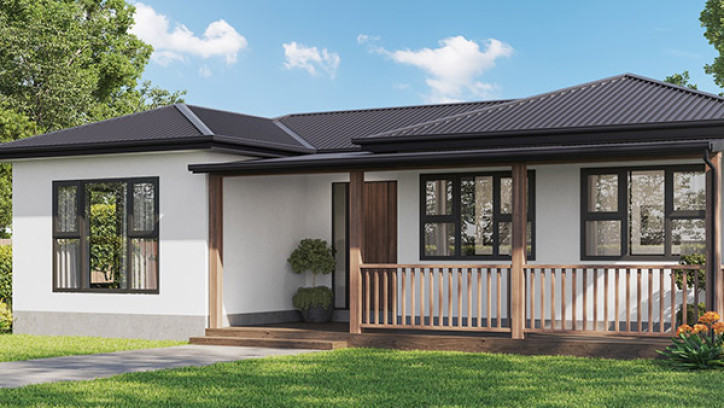6.3. Porches and verandas between 20 and 30sqm in floor area – Licensed Building Practitioner

This exemption covers porches and verandas between 20 and 30 square metres where the design and construction is carried out by a Licensed Building Practitioner and the work is carried out in accordance with that design.
Please note: The below exemption comes into force from 31 August 2020. You will still need a building consent if your project starts before this date.
This exemption covers porches and verandas between 20 and 30 square metres where the design and construction is carried out by a Licensed Building Practitioner (LBP) and the work is carried out in accordance with that design. They must be located on the ground floor of the building. This exemption does not apply where a member of the public might have access to the areas covered by a porch or veranda.
Before you begin, please read the notes for porches and verandas.
Any design or construction work done using this exemption must be carried out or supervised by a LBP or a Registered Architect. Building owners are encouraged to seek LBPs with the right competence for this work, as this provides the best assurance.
The design work is best carried out by a LBP holding a Design licence or a Registered Architect. The construction work is best carried out by an LBP in one of the following licensing classes, as may be relevant to the building work planned to be undertaken:
- Bricklaying and blocklaying
- Carpentry
- External Plastering
- Foundations
- Roofing
Refer to the Who can undertake exempt work section on page 11 for more information about Licensed Building Practitioners.
You should check and confirm the LBPs current licensing status and licensing history before you engage them to carry out work under this exemption.
If supervision is being applied by a Licensed Building Practitioner under this exemption, that supervision must align with the Practice Note issued for Supervision by LBPs, which can be found at www.lbp.govt.nz.
If an owner intends to erect a porch or veranda less than 20 square metres on the ground floor, exemption 17 (section 6.1.) may be applicable.
What is exempt
- A building owner wishes to increase the size of an existing porch from the entry to a dwelling at ground level. The size of the porch (including the existing one) will be 25 square metres and will not overhang any area generally accessible to the public. Provided that the design and construction is undertaken or supervised by a Licensed Building Practitioner and the work is carried out in accordance with that design, a building consent is not required.
- A homeowner wishes to add a veranda of 30 square metres to their private property. Provided that the design and construction of the structure is undertaken or supervised by a Licensed Building Practitioner and the work is carried out in accordance with that design, a building consent is not required.
What needs consent
- The owners of a commercial building wish to build a veranda on the first floor level to cover an area of 25 square metres. A building consent is required as the proposed location is above the ground floor of the building.
- A shop owner wants to build a 30 square metre veranda in a space without public access. To save money, the shop owner wants to do this work themselves, so they are unable to use this exemption as this exemption requires the use of a Licensed Building Practitioner.
What the law says
17A. Porches and verandas exceeding 20, but not exceeding 30, square metres in floor area
1. Building work in connection with a porch or a veranda if—
(a). any design or construction work is carried out or supervised by a Licensed Building Practitioner; and
(b). the porch or veranda—
(i). is on or attached to an existing building; and
(ii). is on the ground level of the building; and
(iii). exceeds 20 square metres in floor area, but does not exceed 30 square metres; and
(iv). does not overhang any area accessible by the public, including private areas with limited public access, for example, restaurants and bars.